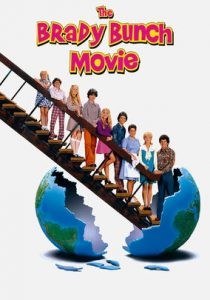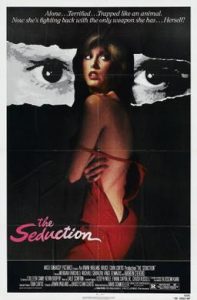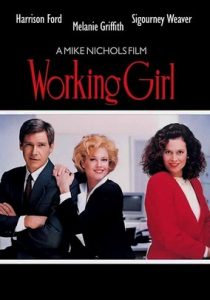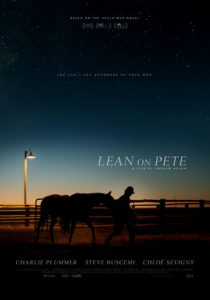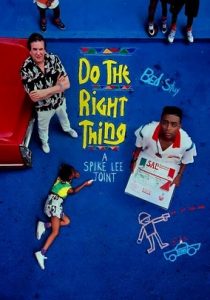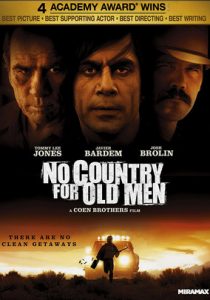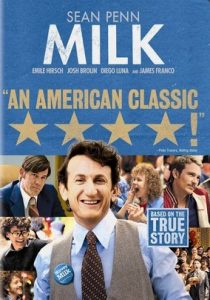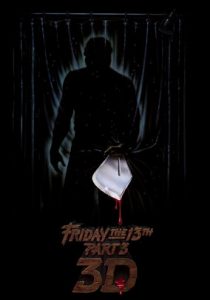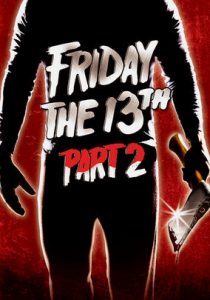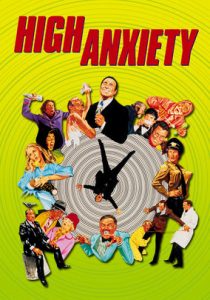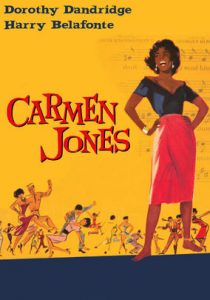The Brady Bunch Movie-1995
Director Betty Thomas
Starring Gary Cole, Shelley Long
Scott’s Review #750
Reviewed April 30, 2018
Grade: B
Capitalizing on nostalgia created from the popular 1960s-1970s television comedy “The Brady Bunch”, 1995’s The Brady Bunch Movie offers a nice treat for fans of the series, fondly reminiscing back to their youth or hours spent enjoying subsequent reruns after the show had ended.
The case with this reviewer, the film version is cute and silly, but exactly as would be expected, and the attention to detail using facets from the original series makes the film wonderful enjoyment and a job well done by director Betty Thomas.
The Brady Bunch Movie is not highbrow nor complex, nor should it be. The work is just peppered with great jokes and a solid ode to the fun past.
Film fans looking for a good comedy and not having seen the series might miss out on some of the fun as a multitude of references only fans will appreciate abound throughout the length of the film.
The plot is not the strongest quality, but liberties must be taken since the intention is of a throwback and not much more- the story might have existed during the series but lengthened for film purposes.
Larry Dittmeyer, played by Michael McKean, schemes to coax all of his southern Californian neighborhood to sell their houses at a good price, to develop a lucrative shopping mall, presumably so they will all get rich.
When earnest Mike and Carol Brady (Gary Cole and Shelley Long) refuse the business deal, Larry embarks on a plot to use a foreclosing notice issued to the Brady’s as leverage in his deal. The Brady’s, owing $20,000 in back taxes due within a week’s time scramble to raise the money.
Predictably, the Brady kids rush to the rescue with a plan to secure the funds via a singing contest.
The film immediately gets off to a familiar start as we view the comfortable Brady house and all of the cozy qualities nestled inside- unchanged from the late 1960s- the groovy orange colors, the tie-dye, and the plaid outfits are all in tow.
Lovable Alice, in her blue and white housekeeper outfit, Mike, Carol, and all six Brady kids are back at the helm, having never missed a beat.
In short, they still live as if it were 1969 instead of 1995 and are oblivious to the outside world.
A tremendous treat for fans is the cameo appearances of a few of the original cast: Florence Henderson (Carol) and Ann B. Davis (Alice) have the more interesting parts, that of the Brady grandmother and truck driver, respectively.
Oddly, Maureen McCormick’s (Marcia), Susan Olsen’s (Cindy), and Mike Lookinland’s (Bobby’s) scenes were shot, but all cut- a major fail of the film whose fans undoubtedly would have liked to have seen all cast members.
Wouldn’t a group scene versus individual scenes have been a wonderful touch?
Missing is Robert Reed (Mike) who was deceased and Eve Plumb (Jan) who refused to appear.
The plot is silly, trivial, and completely predictable, but yet, so is the television series. As each episode was wrapped up in a nice bow with a defined conclusion and perhaps a lesson or two learned along the way, the film plays similarly.
McKean’s Larry and man-hungry wife Dina (Jean Smart) are perfect foils and play their roles with a relish only adding to the zany fun. A wonderful and timely point is how a Japanese businessman saves the day for the Bradys as a nice cultural inclusiveness touch is added- still relevant today.
An observation made while watching the film in the present time (2018), is the intended point of the film. In 1995, the point was to show how out of touch the Bradys were with “modern times”.
But in 2018 the tide has turned and 1995 now seems dated concerning the Brady years- sadly this gives the film itself more of a dated quality. This is always a risk taken when a film uses its current time as part of the plot.
The cool and hip cellular phone used by one character seems garish and uncool by today’s advanced standards.
Still, from Marcia’s flattened nose, The Monkees’ Davy Jones resurfacing, Cindy’s tattling, Jan’s insecurities, Greg’s cool suave manner, Peter’s breaking voice, and Bobby’s hall monitor job, the familiar stories and antics all resurface in a fun-filled hour and a half of comic nostalgia.
The Brady Bunch Movie (1995) is a light achievement and a nice trip down memory lane for many folks.
